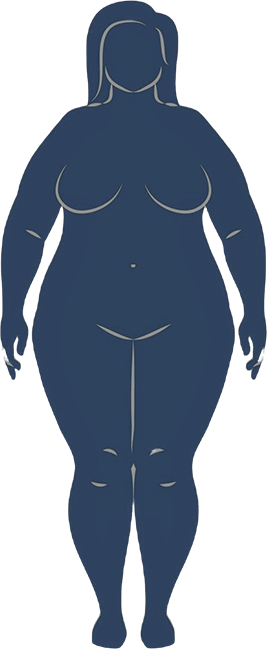What is lipedema?
Lipedema is a chronic condition that primarily affects women causing an enlargement of fat cells in the legs and arms and occasionally in the buttocks and abdomen. Despite being recognized for over 70 years, lipedema is still often confused with obesity. If left untreated, patients can suffer from a variety of health related issues that not only affect mobility but vital bodily functions as well. Terms such as “cankles” for ankles, and “stove pipes” for legs describe the appearance of Lipedema. Early treatment is critical in preventing increasing fat accumulations from being deposited with each passing year. Treatment in later stages is aimed at treating the swelling associated with this condition, decreasing pain and discomfort in the legs and preserving tissue health.
Marcia V. Byrd, M.D. is the Medical Director of The Lipedema Surgery Center. The surgical aspect of treatment is lymph-sparing liposuction which utilizes specialized equipment and techniques. Dr. Byrd finds that the treatment of lipedema Is a natural extension of her many years of experience with various types of liposuction. It must be emphasized that lymph-sparing liposuction for the treatment of Lipedema is a medically necessary procedure and not cosmetic. For more information about The Lipedema Surgery Center click here.

